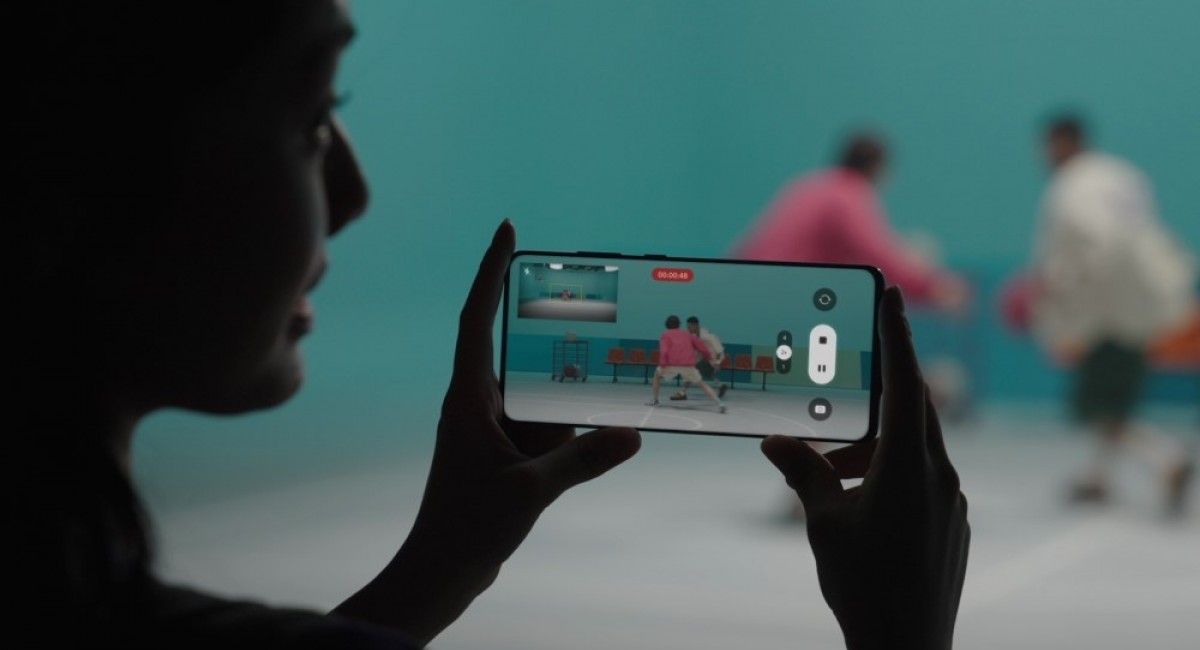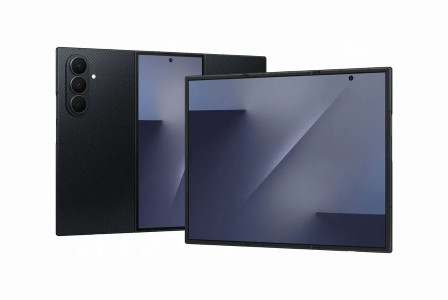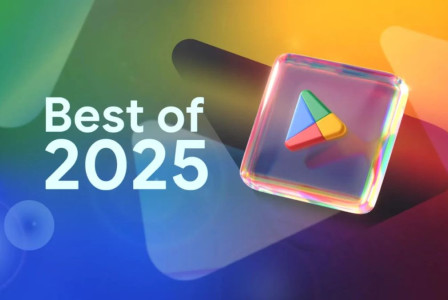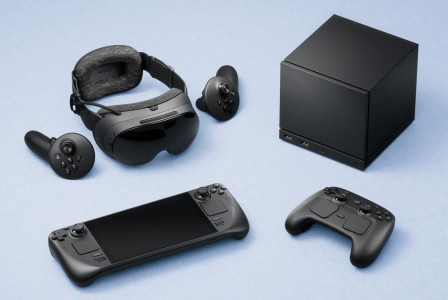SEARCH
Samsung ιntroduces ISOCELL Zoom Anyplace & E2E AI Remosaic for the 200-Megapixel Image Sensor

SHARE IT
Samsung Electronics first launched its 200-Megapixel (MP) Image Sensor in 2021. Since then, the company has been leading the ultra-high-megapixel industry by continuously launching new products and working tirelessly to drive further innovation. Such developments include the application of Dual-VTG and Tetra2pixel, which have greatly improved pixel technology. As the company continues its efforts, it is introducing additional solutions to further enhance the high-resolution experience. A couple of these solutions are of particular interest for smartphone users who frequently record videos and take pictures while wanting to add a more dynamic flair to their final products.
Zoom in and Track on Any Subject, No Matter the Location
Samsung’s latest video feature, ISOCELL Zoom Anyplace, gives users more freedom and creativity while filming with their smartphones. With the new solution for 200MP image sensors, users can select the desired subject and the camera will automatically track and film it. Until now, users have had to focus on a moving subject when shooting a video themselves. But with ISOCELL Zoom Anyplace and Qualcomm AI engine, the camera quickly finds a moving subject and tracks and follows it, ensuring that it is not missed during filming. Even fast-moving subjects are prevented from going off-screen. Additionally, videos can be shot with less screen shake.
This feature applies to zoomed-in areas with high resolution, as well, thanks to real-time remosaic1 capabilities. ISOCELL Zoom Anyplace takes charge of tasks involved in tracking moving subjects while shooting video, and users can simply enjoy the scene in front of them with their own eyes.
Previously, if users took a full-screen video and zoomed in on a subject later, the zoomed-in section suffered from poor video quality. Now, ISOCELL Zoom Anyplace allows users to simultaneously capture the full field of view and zoomed-in areas on video. Not only that, but both the full-screen and zoomed-in views can be filmed at the same time while maintaining high resolution.
This ability to take full-screen and close-up shots at the same time unlocks creative potential by providing the versatility to record one scene in many ways. As a result, creators can film from more angles, and they can do so more freely and dynamically. Even if the chosen subject is on the edge of the screen, users can zoom in on it without modifying the angle of their full-scope filming. In other words, users can zoom just about however they like. If they want to start a shot zoomed in on a subject and then zoom out, they can. If they want to do the inverse, they can do that, as well. Functions allow for a broader range of artistic choices to be made while filming, which enhances the overall user experience.
Thanks to in-sensor zoom by Tetra2pixel, users don’t need to be selective because of zoom limitations, either. Previously, with digital zoom, if the center region of interest (ROI) area was zoomed in 4x at a 12.5MP sum mode, it theoretically resulted in 0.78MP (12.5MP/16) image resolution. With in-sensor zoom, however, the selected area to be zoomed in on is selected from the entire scope and remosaiced, which allows the sensor to maintain the original 12.5MP resolution and enable video to be shot much more vividly. Cameras used to switch from wide to tele when zooming in at 3x or more, which caused the image quality and the angle to change. However, the 200MP wide camera can seamlessly zoom in at 2x or even 4x with no drop off in resolution. Because of this consistent quality, users can now enjoy a true-to-life filming experience.
E2E AI Remosaic for Image Capture
In addition to Zoom Anyplace as a video solution, Samsung is introducing End-to-End (E2E) AI Remosaic for image capture. Currently, the steps the 200MP image sensor follows for processing images after shooting are: raw data output occurs before a remosaic, which then leads to image signal processing (ISP) before finishing with JPEG image output. In this process, all of the steps occur in sequence.
E2E AI Remosaic improves the process by enabling the remosaic and ISP to take place simultaneously. In other words, E2E AI Remosaic takes a process that occurs in sequence and makes it occur in parallel, thereby reducing remosaic latency by up to half. The end result is an overall faster image processing time, which reduces the shooting time of 200MP images and improves image quality. Users will be able to take and check photos more quickly, and image quality will deteriorate on account of data loss from latency less often. Because of this, photos taken will have richer details and colors.
Continued Efforts to Improving User Experience
Based on the progress made with ISOCELL Zoom Anyplace for video and E2E AI Remosaic for image capture, Samsung Electronics is making major advancements in transforming the video and photo experiences. Because of solutions such as these, the 2021 release of the 200MP image sensor seems like a long time ago. However, advancements such as these are part of a long-term plan, as the company is continuing to work on solutions that will improve the user experience even further. We hope that users will keep looking forward to capturing the moment with Samsung’s ultra-high resolution ISOCELL image sensor.
MORE NEWS FOR YOU

 Help & Support
Help & Support 

